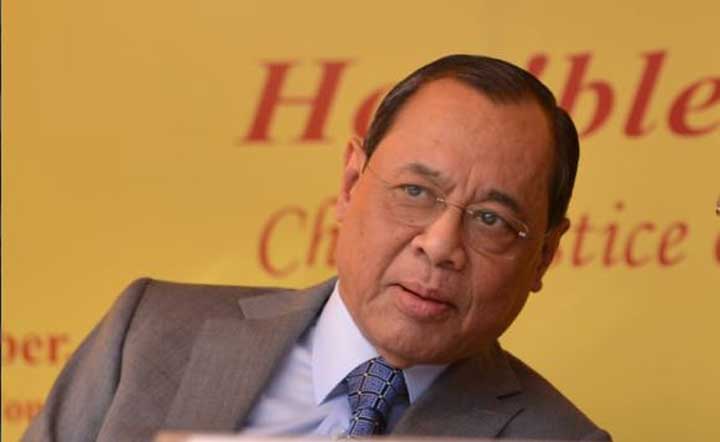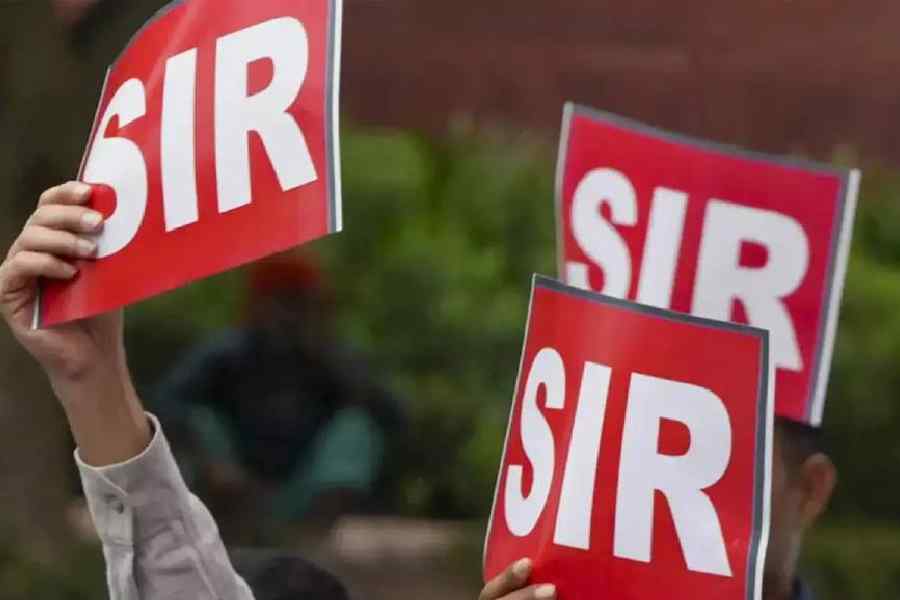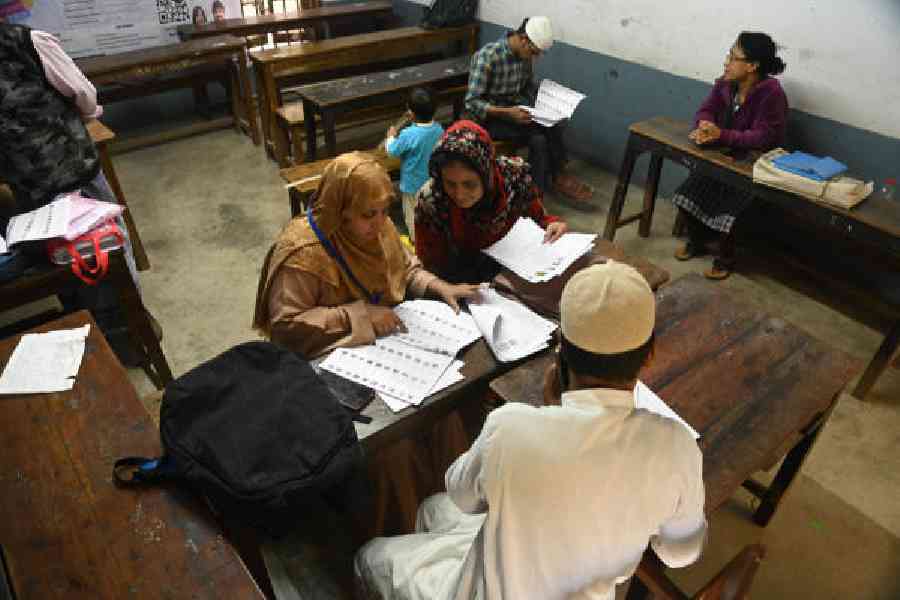The Supreme Court collegium is understood to have decided not to elevate three chief justices of high courts as judges to the apex court because of uncommon reasons.
The name of one chief justice has not been cleared because he went on leave to play golf in a northern state in spite of a huge backlog of cases in that particular high court.
Another chief justice of a high court has been found to have passed some adverse orders against a public service commission merely to please a retired Supreme Court judge.
One chief justice may be passed up because he has reportedly been frequently using helicopters of the state government concerned.
“We have received adverse findings against these three chief justices and it would become difficult to elevate them to the Supreme Court,” a highly placed source told The Telegraph on condition of anonymity.
“We do not want to make public the names of those three chief justices because it would make their continuance untenable,” the source added.
However, it is not known whether all the five judges in the Supreme Court collegium are unanimous about not recommending the names of the three chief justices of the high courts for elevation. Technically, even if one judge in the collegium opposes, the name is then usually not considered.
The collegium is made up of Chief Justice of India Ranjan Gogoi and the four next senior-most judges — Justices A.K. Sikri, S.A. Bobde, N.V. Ramana and Arun Mishra.
The allegations do not pertain to monetary corruption. The nature of the adverse findings has been categorised as “judicial misconduct”, “lack of judicial discipline”, “frequent absence” and passing orders not in “sync with the high judicial standards expected of any judge”, sources said.
In this context, a source referred to the break taken by a chief justice to play golf. “It was not the said chief justice alone but some other judges too had gone on a holiday to play golf,” the source added.
Another chief justice of a high court is said to have indulged in other forms of professional misconduct showing a lack of “judicial competence”. There was no corruption, the source said.
The chief justice who sought to please the former Supreme Court judge did so on the basis of a letter from the retired judge, the source said.
The order against the public service commission was passed by the chief justice of the high court without applying judicial mind and only to please the former Supreme Court judge who had intervened in the matter defying the canons of judicial discipline, the source added.
On the judge who has allegedly taken helicopter rides, the source said: “Chief justices cannot be seen using helicopters of state governments when there is no genuine need for such travel.”
Under the memorandum of procedure — a set of guidelines of the collegium and the central government which governs the procedure for appointment and transfer of judges of the Supreme Court and high courts — the chief justice of a high court does not have a vested right to be automatically elevated to the Supreme Court.
However, according to convention, the chief justices to various high courts are appointed on the basis of their all-India seniority. Yet, relatively junior judges can be appointed as high court chief justices.
Senior judges of high courts can also be directly elevated as judges of the Supreme Court even if they had not served as a chief justice of any high court.
This had recently happened in the case of Justice Sanjiv Khanna, a senior judge of Delhi High Court, who was directly elevated to the Supreme Court, overlooking the claims of several chief justices of other high courts.











